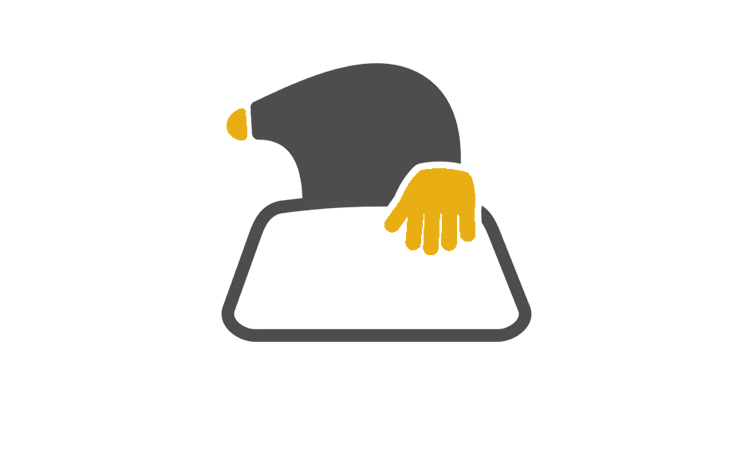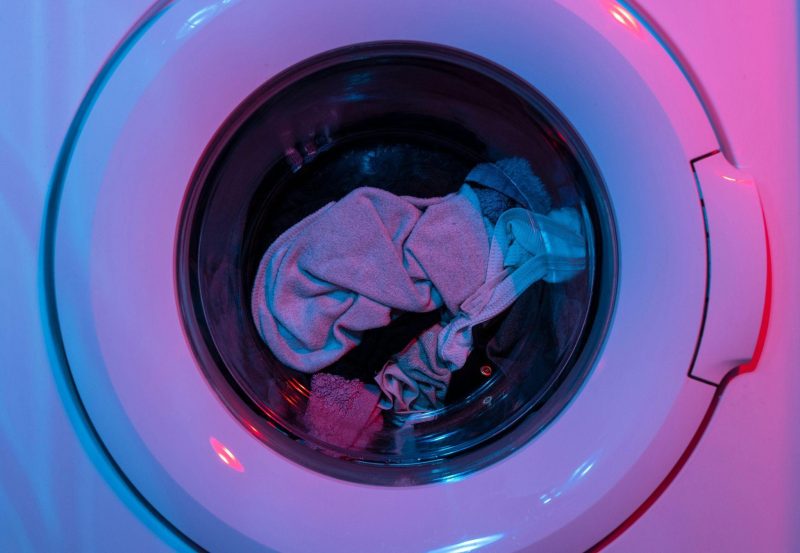A washing machine is an important appliance in any modern home. It makes the usual laundry day easy and effortless. But have you ever wondered how they actually work? From filling up with water to spinning clothes dry, there’s a lot more going on inside than what meets the eye. Understanding the inner process of a washing machine can help you use it more efficiently and even extend its lifespan.
That’s why, we’ve put this guide together explaining the mechanics of washing machines, their different parts, and how they get your clothes clean. Let’s dive in:
The Evolution Path of Washing Machines
Before washing machines, doing laundry was a physically demanding chore. People had to scrub clothes by hand using water, soap, and sometimes a washboard. The first mechanical washing devices appeared in the 18th century, but it wasn’t until the early 20th century that electric-powered washing machines became common.
Back then, the models were simple, with a drum that rotated manually or through a motor. Over time, advanced technologies like automation, water usage efficiency, and electronic controls came in, converting washing machines into the highly sophisticated appliances we use today. Now, smart washing machines can even be controlled remotely via smartphone apps!
Key Components of a Washing Machine
Understanding the different parts of a washing machine can help you troubleshoot problems or use it more effectively. Here are the major components:
Inner and Outer Drums:
The inner drum (where clothes go) spins, while the outer drum holds the water. This is usually made of stainless steel.
Agitator or Impeller:
These are more common in top-load machines. This mechanism comes with a paddle that moves clothes through the water to help remove dirt.
Motor and Transmission:
They provide power to spin the drum at different speeds.
Pumps and Valves:
Valves control the flow of water in and out of the machine while the pump removes water from the drum after wash.
Control System:
The buttons and dials you use to select wash settings.
So, How Does a Washing Machine Actually Work?
Simply put, a standard top-load washing machine works by agitating the clothes with water and detergent, removing stains and dirt. This is done by the spinning drum and agitator. Now that we know the parts of a laundry appliance, let’s break down how a washing machine actually works step by step, in detail.
1. Filling the Machine
When you start a wash cycle, the machine fills with water, connected to your household water supply. The appliance uses various types of sensors to control and determine the amount of water to be added during each wash cycle. Some machines mix in detergent at this stage.
2. Agitation/Washing
The drum starts to move, either rotating or using an agitator to mix the clothes and detergent. This movement helps loose and lift the dirt and grime from the fabric.
3. Rinsing
Once the main wash cycle is complete, the dirty water is drained, and clean water enters to rinse out the detergent. Some machines have multiple rinse cycles. Generally, the water is drained through a standpipe, leading to the main sewer or septic line of your home.
4. Spinning
The drum spins at high speed to extract excess water from the clothes, making them drier before they go to the dryer or clothesline.
How Does a Front-Load Washing Machine Work?
The above steps describe the general process of a top-loading washing machine. However, not all washing machines are the same. The mechanical process of how a top-load washer works can differ from how a front-load works.
Front-load washers are known for their efficiency in using power and water while being gentle on clothes. This is because they don’t have an agitator. Clothes are loaded through a door at the front, and the drum tumbles them through the water and detergent. Since their drum is horizontal, they rely on gravity to toss and spin the clothes around the machine, needing less water and detergent to clean.
Moreover, since the tumbling motion of the front loaders creates more friction between clothes, they get cleaned effectively, using less power. They are also a great option for larger families as they have a bigger capacity to fit in more laundry compared to other washing machine models.
Latest Additions in Modern Washing Machines
The modern washing machine comes with impressive innovations that make them smarter and more efficient:
Smart Features:
Many machines now connect to Wi-Fi, so that you to start, pause, or monitor cycles from your phone.
Energy Efficiency:
Newer models use less water and power, making them eco-friendly.
Noise Reduction:
Improvements in motor technology and insulation mean quieter operation.
The Bottom Line
Today, a washing machine has turned out to be more than just an appliance. It’s a time-saver that makes everyday life easier. By understanding the machine’s different parts and how it works, you can make sure your machine lasts for years while keeping your clothes fresh and clean.
The next time you toss your laundry in, take a moment to appreciate the technology working behind the scenes to give you clean clothes with minimal effort. Happy washing!






